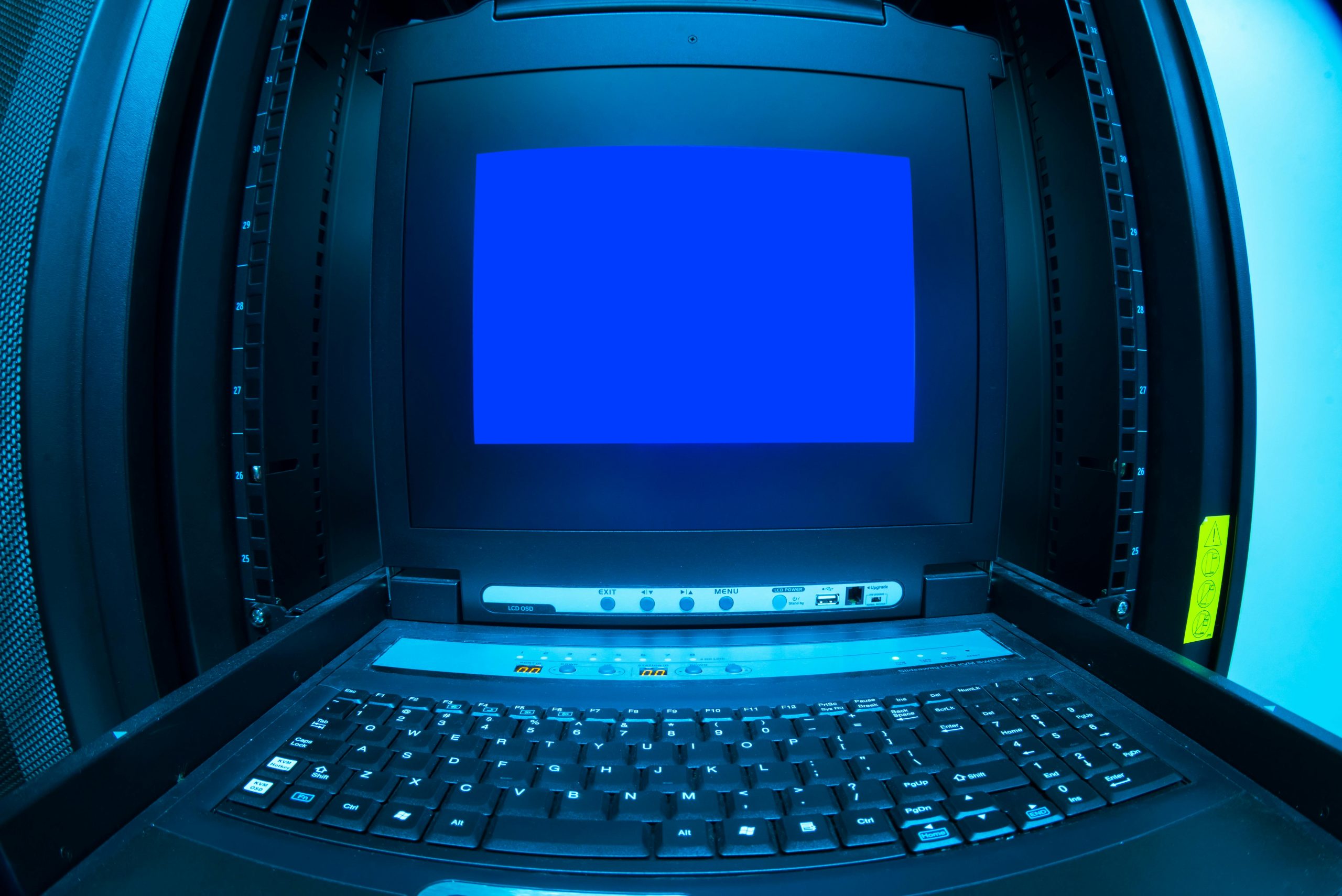Understanding and Addressing “A Fatal Hardware Error Occurred” in Your PC: A Comprehensive Guide
Introduction
Encountering system crashes or spontaneous reboots can be a frustrating experience for any PC user. Recent reports of critical hardware errors, specifically the message “A fatal hardware error has occurred,” often indicate underlying issues that require careful diagnosis. This article provides a detailed overview of such errors, their potential causes, and steps you can take to resolve them, ensuring your system’s stability and longevity.
What Is a “Fatal Hardware Error”?
A “fatal hardware error” is a critical system warning indicating that the processor or other core hardware components have encountered an unrecoverable fault. In Windows, this often manifests as spontaneous reboots without bluescreens, accompanied by logged events from the Windows Hardware Error Architecture (WHEA). These errors are usually related to the CPU, memory, or motherboard subsystems.
Symptoms and Patterns
-
Random system reboots without warning
-
Occasional freezing for brief periods before rebooting
-
Errors logged in the Event Viewer, such as “Machine Check Exception” with “Cache Hierarchy Error”
-
Errors increasing in frequency over time—from once a month to multiple times daily
-
No significant temperature spikes or load changes during crashes
Analyzing Your System’s Context
Your system hardware includes:
-
Motherboard: ASUS ROG Strix G15DK
-
Processor: AMD Ryzen 7 5800X
-
Graphics Card: NVIDIA GeForce RTX 3070
-
RAM: 32GB DDR4 Corsair
-
OS: Windows 10 Home (x64)
-
Storage and peripherals are standard and have not been altered recently.
Key Diagnostics and Testing
- Event Viewer Insights
The Windows Event Log shows entries such as:
“Event ID 18: A fatal hardware error has occurred. Reported by component: Processor Core. Error Source: Machine Check Exception. Error Type: Cache Hierarchy Error.”
These logs specify issues with the processor’s cache hierarchy, often pointing to hardware faults or stability problems.
- Stress Testing
Running stress tests using tools like OCCT on CPU, GPU, and RAM may show no errors or temperature anomalies, suggesting that under controlled load, hardware appears stable.
- Hardware Seating and Connections
Physically inspecting your PC, ensuring all components and cables are properly seated, can eliminate physical connection issues as potential causes.
Common Causes of Such Errors
-
CPU manufacturing defects or degradation over time
-
Memory faults or incompat
Share this content:

